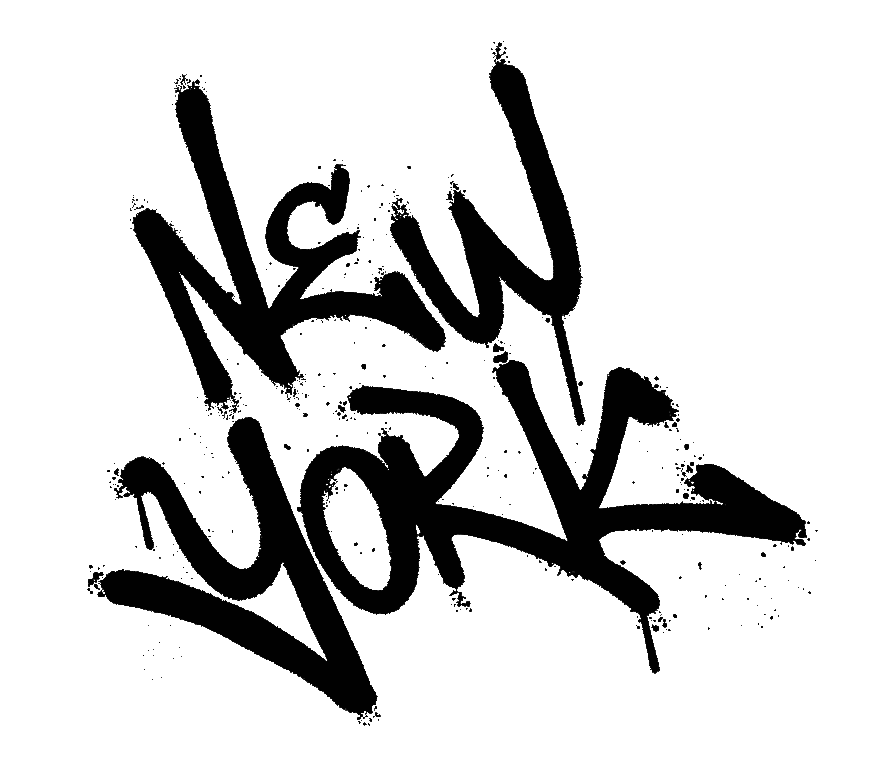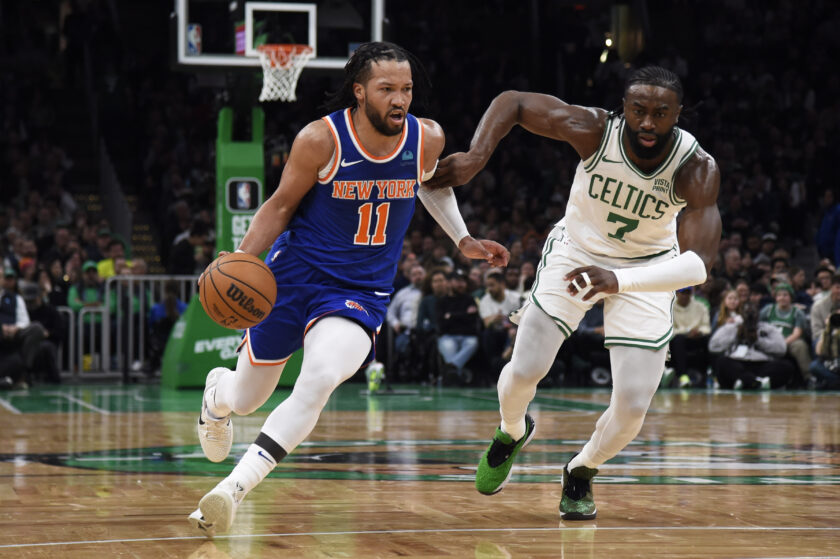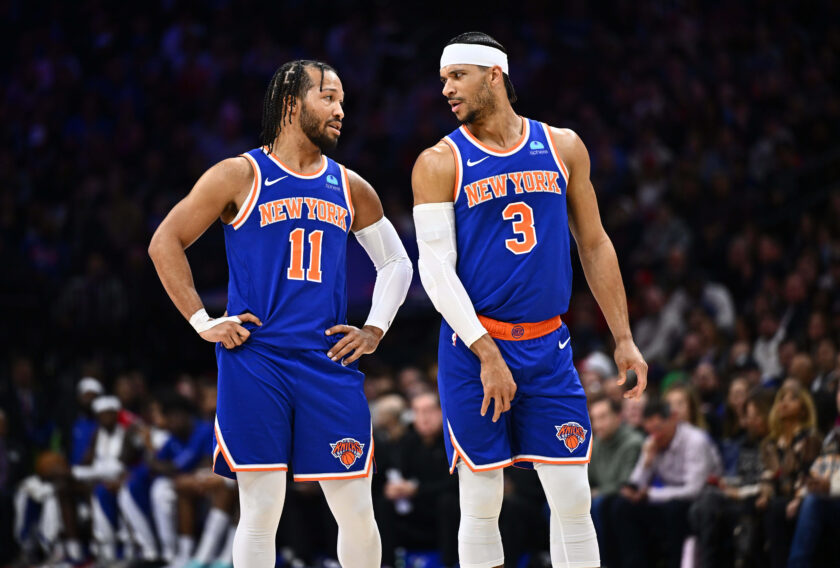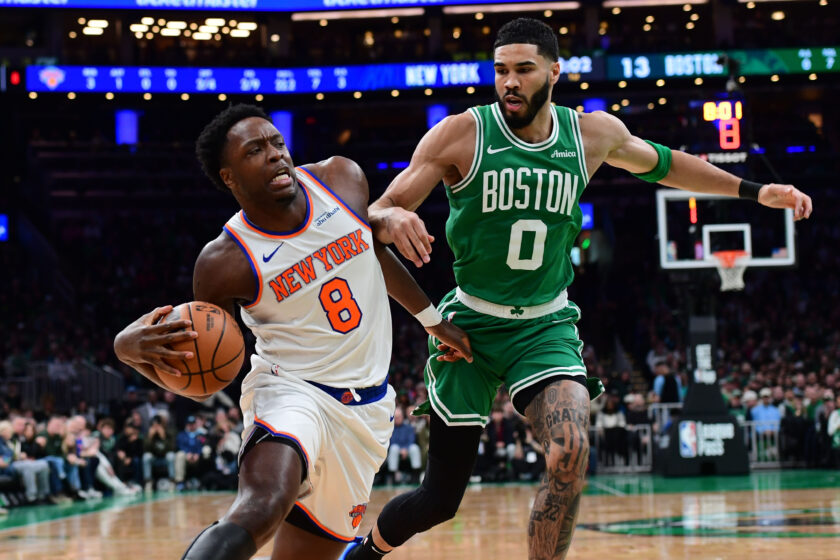New York Knicks: Is it time to give a long look to Isaiah Hicks?
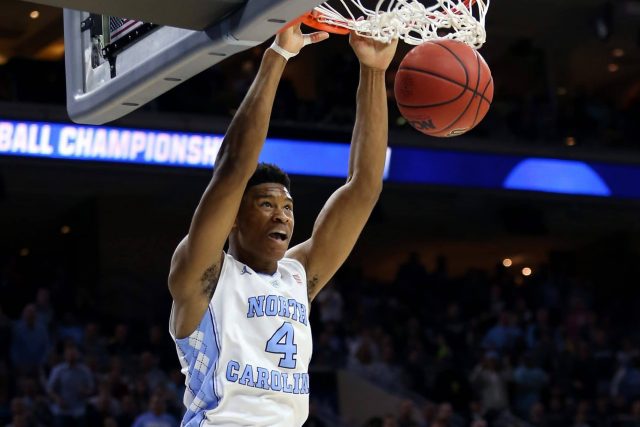
The Knicks signed Isaiah Hicks to a two-way contract just prior to the beginning of the NBA season. Since then, he’s been on a rampage.
Isaiah Hicks has been on a rampage in the G-League for the Westchester Knicks which begs the question: Should the ‘big’ Knicks give him a shot?
Part of the NBA’s initiative over the offseason was to make the transition from the now G-League to the NBA as seamless as possible. Commissioner Adam Silver hopes that, sooner rather than later, every franchise will have their own developmental team.
The first step the NBA took was to institute ‘two-way contracts’. This allows a player to be assigned to the NBA roster for 65 days. If not assigned, they’re able to practice with the NBA roster whilst getting the game reps in the G-League.
Both of the Knicks two-way players—Hicks and Luke Kornet—have been exceptional. But considering the Knicks’ needs, it is worth having a look at Hicks in an NBA situation.
During his senior year at UNC, Hicks posted career highs across the board including 11.8 points per game, 5.5 rebounds per game while shooting 58 percent from the field and 78 percent from the line. He was unlucky to go undrafted.
Hicks signed a partially guaranteed deal with the Charlotte Hornets but he did not make the final cut, which is when he was picked up by New York. Hicks, along with Trey Burke, has been instrumental in leading the Westchester Knicks to a 9-5 record, which is fourth best in the league.
He has proven the Knicks’ faith in him to be correct. The four-year collegiate player is currently averaging 17.5 points per game on 61 percent shooting, 8.5 rebounds per game and 1.5 blocks per game. Hicks has been highly versatile for Westchester, mainly due to his ability to play both forward positions.
On the offensive side of the ball, the former Tar Heel has been able to score in a multitude of ways. Hicks has been excellent in the pick-and-roll game, be it going all the way to the rim or being able to step out and knock down mid-range jumpers. Moreover, Hicks has shown some ability with his back to the basket. He is able to back his opponent down for a simple jump hook or spin layup and he’s shown that he can take his man off of the dribble to the basket.
Hicks’ clip of 80 percent from the line shows that he has a reasonably soft touch from the 16-foot range, which would be the next stage of his development.

Defensively, Hicks has also been highly productive. His length and athleticism have enabled him to disrupt his opponents and force mistakes; be it poor shots or off-target passes. More impressively, Hicks, who stands 6-foot-8, is more than capable of holding his own in the low post, which highlights his core strength and defensive awareness.
Despite being a somewhat smaller four-man, this enables him—along with the athleticism—to cover small forwards. Hicks may be shorter than your traditional big, however, his terrific defensive instincts and awareness allow him to be a great weak-side defender, evidenced by his shot-blocking ability.
The Knicks have lacked a considerably sized backup power forward. With Kristaps Porzingis out of the lineup, Michael Beasley has stepped into his place but is all offense and no defense whatsoever. Beasley’s lack of awareness and astonishing effort is what finds him languishing on the bench. On the other hand, Lance Thomas is an excellent defender but can sometimes be bullied and has a limited offensive game.
Hicks is better than Beasley defensively and better than Thomas offensively. He’s more versatile than both and there’d never be a question of his effort on the floor. He’d help open things up for the second unit’s outside shooters.
Prior to the beginning of the season, the Knicks were all-in on the youth movement. Why not continue that by giving the 23-year-old Hicks a shot?
[sc name=”Knicks Link Next” link=”https://elitesportsny.com/2017/12/06/new-york-knicks-impact-tim-hardaway-jr-s-injury/” text=”The Impact Of Tim Hardaway Jr.’s Injury” ] [sc name=”Knicks Center”]Born and raised in Melbourne, Australia.
